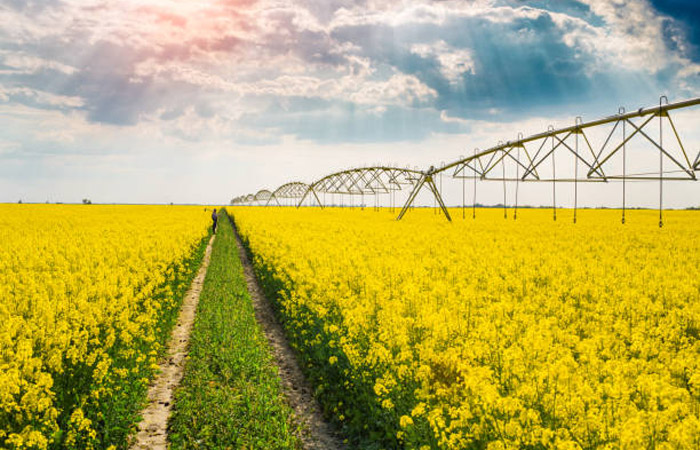Manitoba Agriculture reports the earlier start to this year’s planting season, commodity market prices and crop rotations prompted several shifts in this spring’s planting choices.
Dennis Lange, a pulse and soybean specialist with Manitoba Agriculture and editor of the provincial crop report, says many growers were uncomfortable planting the longer season crops last year because the late start, strong markets for certain crops prompted some changes and others were based on rotation.
Some of the changes this year, we saw our spring wheat acres increase from the previous year. We’re sitting at just over 2.7 million acres.
The canola crop is down a bit from the previous year. We’re about 2.9 million acres of canola in Manitoba and that makes sense based on the fact that the previous year we saw a lot more canola going in because of the growers switching over because of the wetter spring and planting more canola that year.
Soybean numbers, the other big number that was up. We had just under 900 thousand in 2022 acres and for the 2023 acres we’re looking at about 1.5 million acres. These are still estimated numbers yet but we should be seeing more final numbers come forward. Generally, just a bit of a switch.
The one that surprised me a little bit in the mix was they dry bean acres. We were at about 138 thousand acres in 2023. That’s from the 115 thousand acres that we saw the year before. That was a little bit harder to get a handle on just because the previous year we saw a lot of growers step away from the dry beans because of the later season and market prices were not as strong as what they had been in some years. I wasn’t sure where those numbers were going to end up but that 138 is typically where we would see dry bean acres.
~ Dennis Lange, Manitoba Agriculture
Lange says you always see a little bit of shifting of acres, especially when you have a year like 2022 which saw a later start and growers chose to switch out of some of the longer season crops into some earlier season crops.




